A little bit of history Silvine Originals: A British icon, reinvented. Silvine has been a staple (pardon the pun) within British homes for generations. We all felt a sense of nostalgia as we opened the packages that Silvine sent to us. But Silvine’s heritage runs longer than a generation or two; their notebooks are being made by the same machines that have been in use for decades. So, how do they shape up for writing in?
 How it looks The Silvine notebooks have been dye-matched to the 1960s bold red cover that we’ve all grown to love. With 300gsm front and back covers, the notebooks feel strong and durable; far more than many other softcover notebooks out there. There are several different sizes of notebooks, each with their own particular little niche. However, the one that stood out immediately to many of us is the Exercise as it is very similar to the wririting books familiar from school. However, not every aspect of the notebooks was loved across the Inkdom. In particular, Gillian felt the blue lines within the Exercise notebook as being a little over the top. While the red margin in the Exercise book was able to calm it down a little and provide a little bit of contrast, unfortunately the Memo notebook didn’t have that cover and wasn’t so easy on the eyes.
How it looks The Silvine notebooks have been dye-matched to the 1960s bold red cover that we’ve all grown to love. With 300gsm front and back covers, the notebooks feel strong and durable; far more than many other softcover notebooks out there. There are several different sizes of notebooks, each with their own particular little niche. However, the one that stood out immediately to many of us is the Exercise as it is very similar to the wririting books familiar from school. However, not every aspect of the notebooks was loved across the Inkdom. In particular, Gillian felt the blue lines within the Exercise notebook as being a little over the top. While the red margin in the Exercise book was able to calm it down a little and provide a little bit of contrast, unfortunately the Memo notebook didn’t have that cover and wasn’t so easy on the eyes.
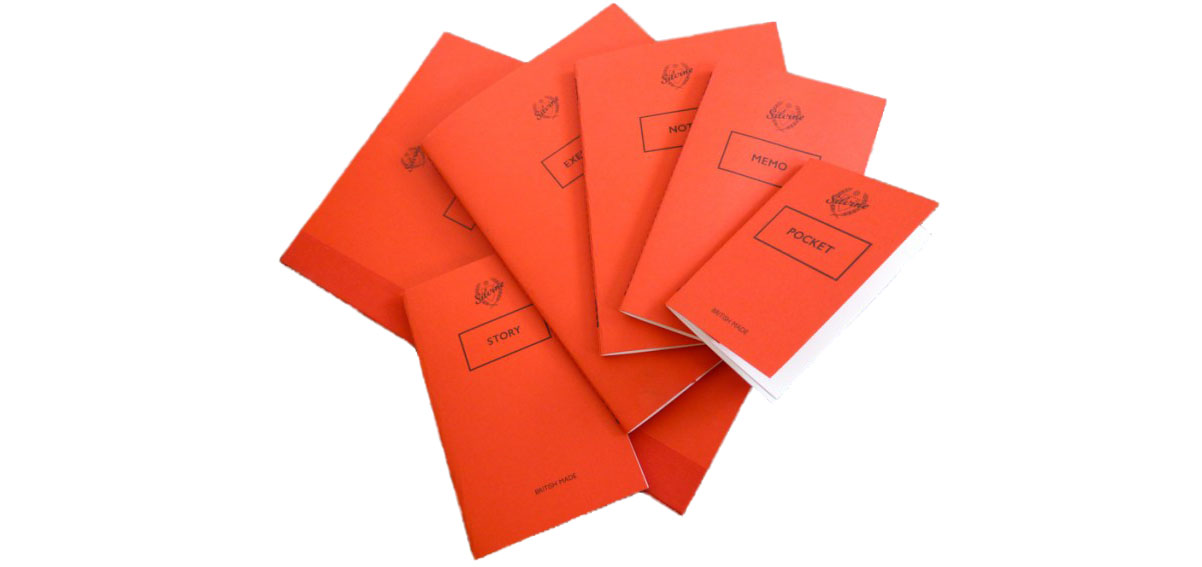 How it feels Everyone within the Inkdom commented on how textured the paper is. The paper is 90gsm Natural White Wave paper and you can definitely feel it on your pen. We actually rather liked this; it’s certainly not as smooth as Clairefontaine, but you can feel what you;’re doing as you move the nib across the paper. What’s more, this paper handles anything thrown at it. Gillian even mentioned that the paper might be able to hold up to watercolours! Dabiel and Scribble found that it was able to handle all the nibs that they threw at it and The Clumsy Penman also commented on how well the paper copes with inks.
How it feels Everyone within the Inkdom commented on how textured the paper is. The paper is 90gsm Natural White Wave paper and you can definitely feel it on your pen. We actually rather liked this; it’s certainly not as smooth as Clairefontaine, but you can feel what you;’re doing as you move the nib across the paper. What’s more, this paper handles anything thrown at it. Gillian even mentioned that the paper might be able to hold up to watercolours! Dabiel and Scribble found that it was able to handle all the nibs that they threw at it and The Clumsy Penman also commented on how well the paper copes with inks.
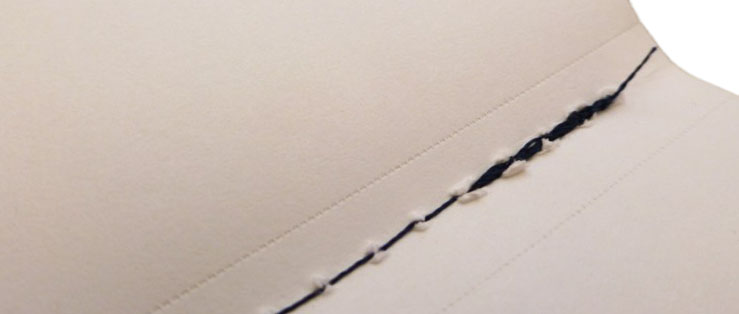 Crucially, how it handles… Pages in the Silvine notebooks are hand-stitched, which gives the notebooks a very personal feel and also means that they lay flat which makes the writing experience even more pleasurable. Some of us weren’t too keen on how the stitching looked, however, as it wasn’t always clean and could look a tad messy. The exception to this is the Project notebook, which has a little bit of extra protection because of how big and heavy it is (speaking in relative terms to the other sizes, such as the itty-bitty Pocket). All the notebooks have perforated pages and they work very well as you can easily tear out the pages if you need to, but you needn’t worry about the perforations becoming weak when flipping pages in the notebook – the pages will only come out if you want them to come out.
Crucially, how it handles… Pages in the Silvine notebooks are hand-stitched, which gives the notebooks a very personal feel and also means that they lay flat which makes the writing experience even more pleasurable. Some of us weren’t too keen on how the stitching looked, however, as it wasn’t always clean and could look a tad messy. The exception to this is the Project notebook, which has a little bit of extra protection because of how big and heavy it is (speaking in relative terms to the other sizes, such as the itty-bitty Pocket). All the notebooks have perforated pages and they work very well as you can easily tear out the pages if you need to, but you needn’t worry about the perforations becoming weak when flipping pages in the notebook – the pages will only come out if you want them to come out.
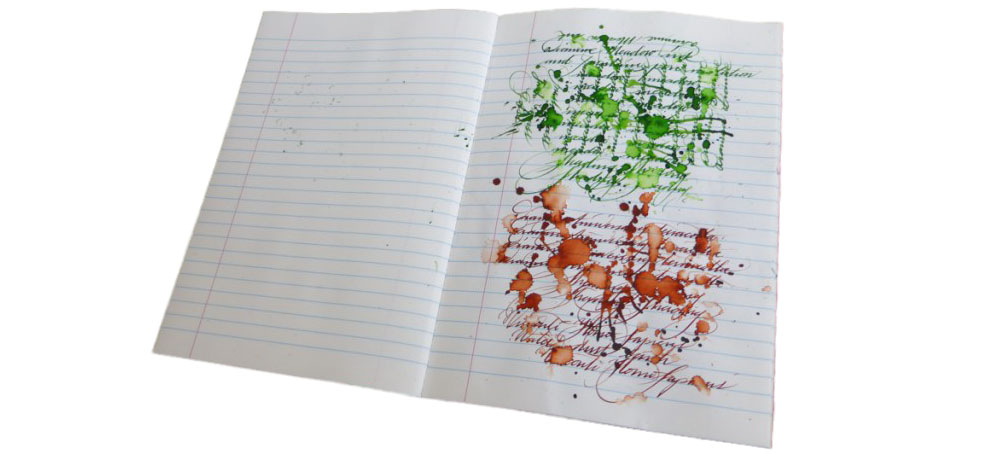 Pulp! What is it good for? As mentioned above, each notebook fills its own little niche. You can read our individual reviews to get a better sense for what you could use them for. Daniel was was able to use the Project notebook for drawing graphs for biology illustrations, but Gillian pointed out that it doesn’t have to just be for applications like drawing out scientific apparatus. You’re bound to find the right notebook for you amongst this selection; John has even made the Pocket part of his every day carry. Some of us did identify other limitations; there is no grid option and the notebooks are all a non-standard size.
Pulp! What is it good for? As mentioned above, each notebook fills its own little niche. You can read our individual reviews to get a better sense for what you could use them for. Daniel was was able to use the Project notebook for drawing graphs for biology illustrations, but Gillian pointed out that it doesn’t have to just be for applications like drawing out scientific apparatus. You’re bound to find the right notebook for you amongst this selection; John has even made the Pocket part of his every day carry. Some of us did identify other limitations; there is no grid option and the notebooks are all a non-standard size.
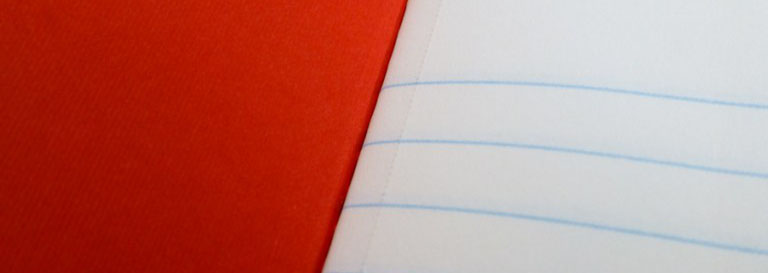 VFM Typically, the cheapest of these notebooks is the Memo, at around £4.50, with the most expensive around £14.00. However, if you consider the Pocket notebooks, which come in packs of three, the cost of each individual notebook is £2.17. John says that the notebooks are “expensive but worth it,” and that sums up the consensus view – you do pay a of a premium, but it’s worth it.
VFM Typically, the cheapest of these notebooks is the Memo, at around £4.50, with the most expensive around £14.00. However, if you consider the Pocket notebooks, which come in packs of three, the cost of each individual notebook is £2.17. John says that the notebooks are “expensive but worth it,” and that sums up the consensus view – you do pay a of a premium, but it’s worth it.
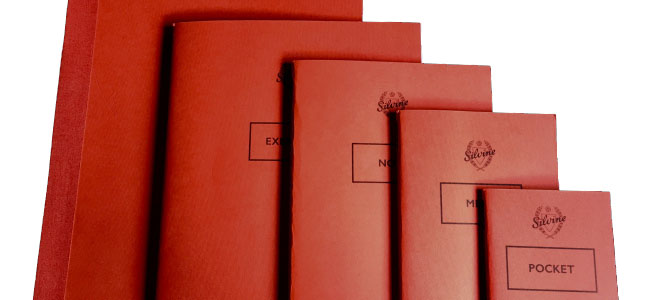
If this isn’t quite your cup of tea, but almost… This is a tricky one. As stated above, these notebooks aren’t really a standard size. For the smaller sizes (Pocket, Memo & Note) you could look at pocket-sized notebooks such as those from Field Notes, Word and Calepino. The Exercise notebook is a little easier to recommend an alternative to, as some of us have used Rhino notebooks previously – the lines might be a little easier on the eyes if you’re not a fan of bright blue. As for the Project, you could look at the Field Notes Arts & Sciences edition (specifically the Sciences). There are two disadvantages to this, however, the first and perhaps most annoying is that they’re no longer in production so you’ll have to be lucky enough to find one second-hand (they pop up on eBay every so often, but far pricier than the Project). The other is that the notebooks are smaller so if it’s page count and size that makes the project great for you, sadly the Arts & Sciences won’t cut it.
Our overall recommendation We love writing in these notebooks and, as long as the non-standard size isn’t a problem for you, would recommend giving them a try. 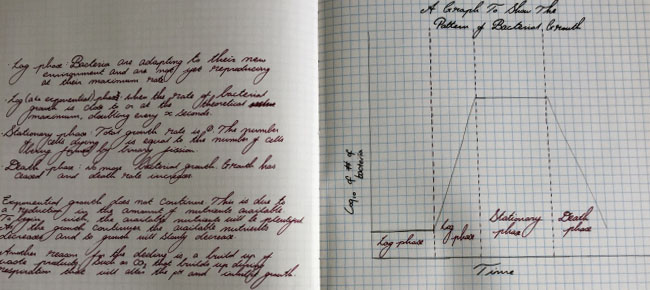
Where to get hold of one From Silvine’s own distributors, Stone, from good old Cult Pens or, for the smaller sizes, Pocket Notebooks.
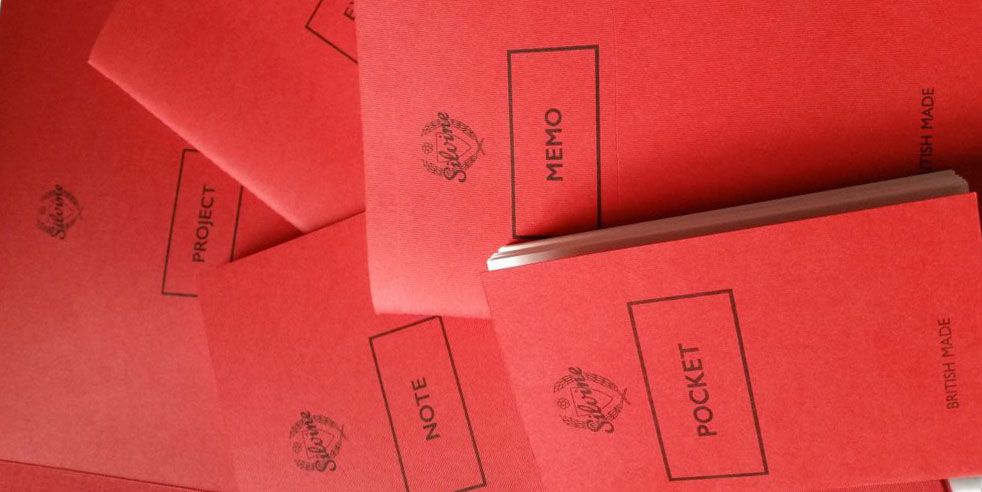
This meta-review references:
Thanks to Silvine for providing these notebooks in exchange for an honest and fair review.